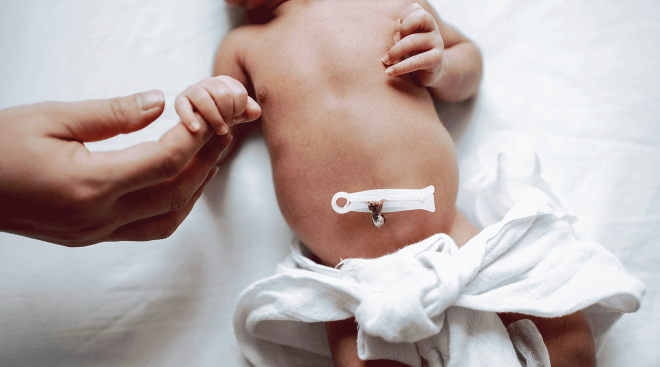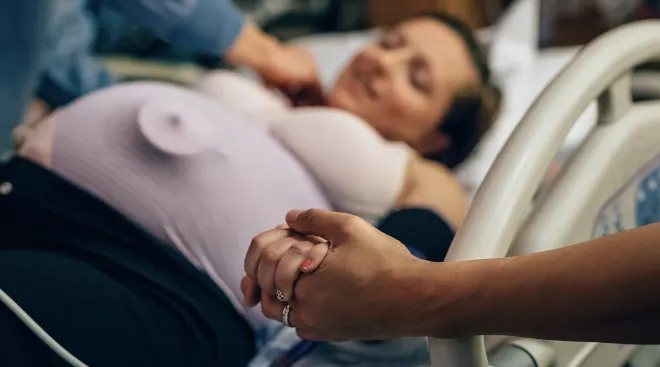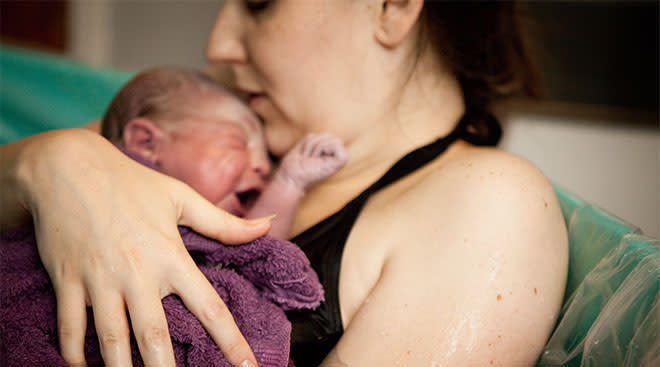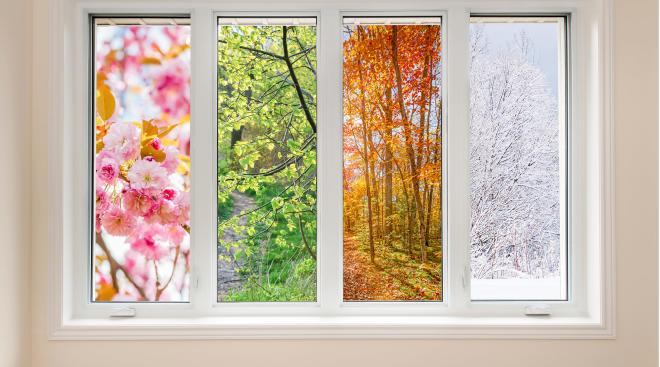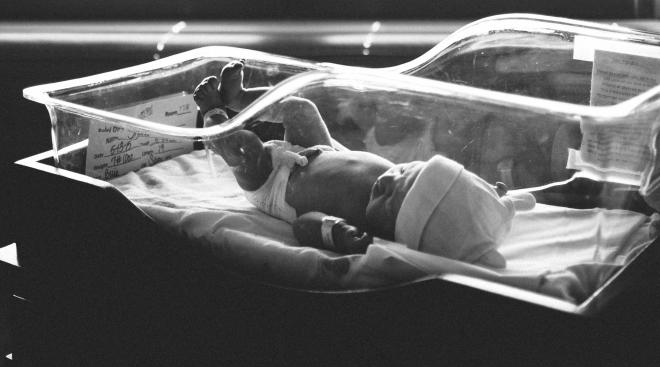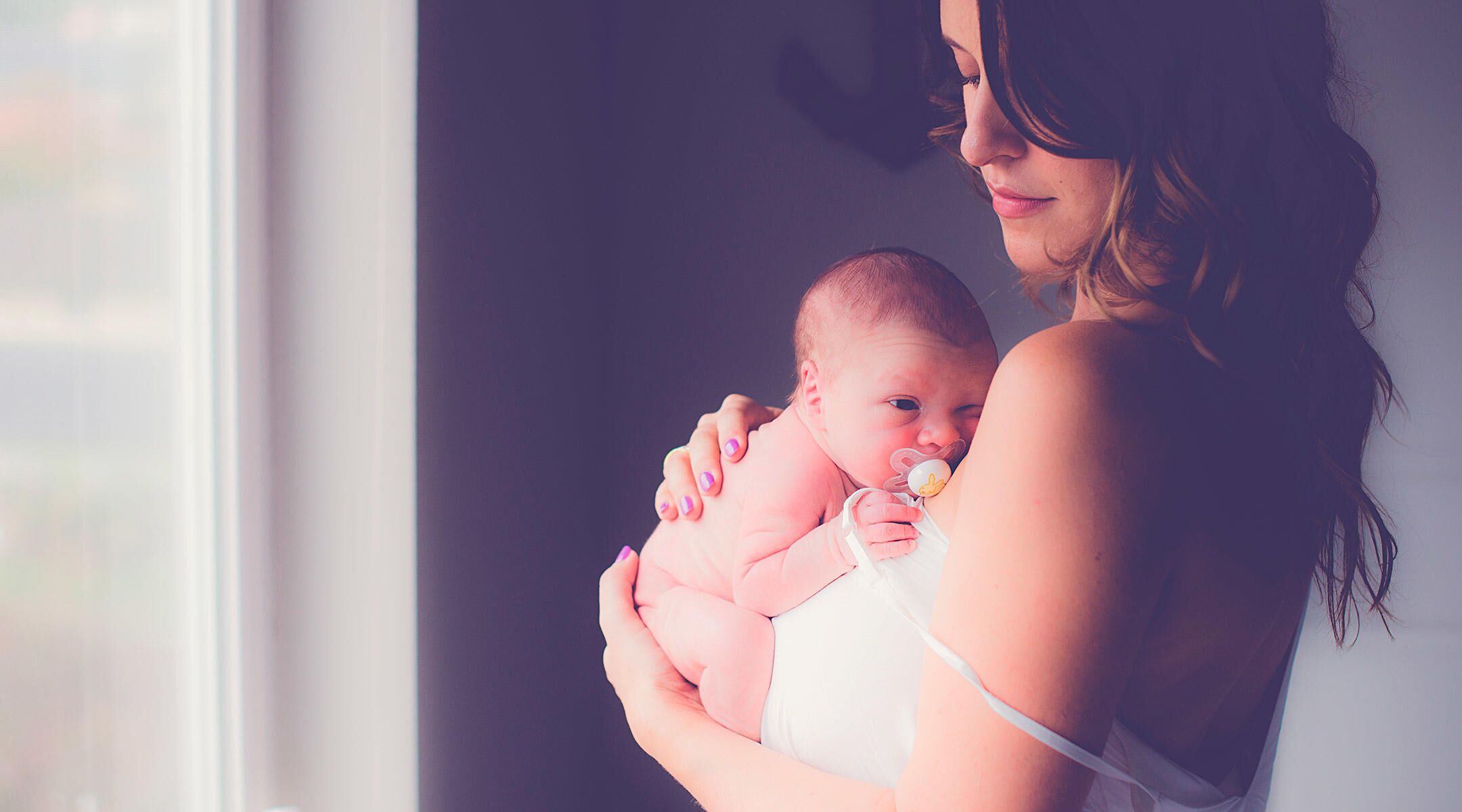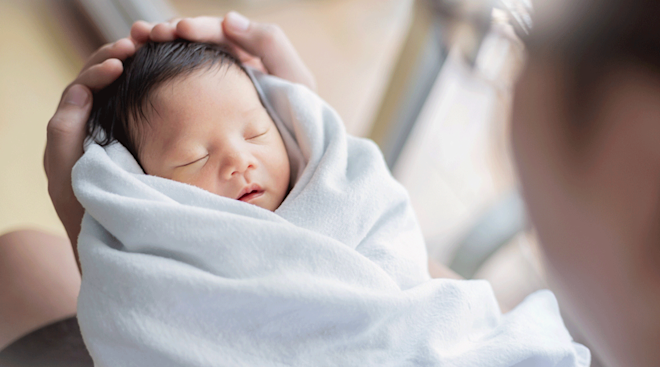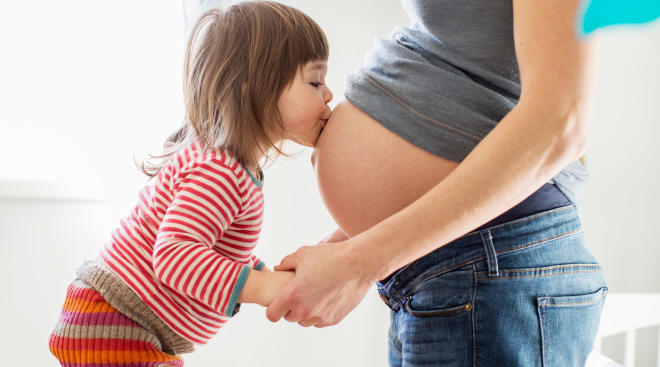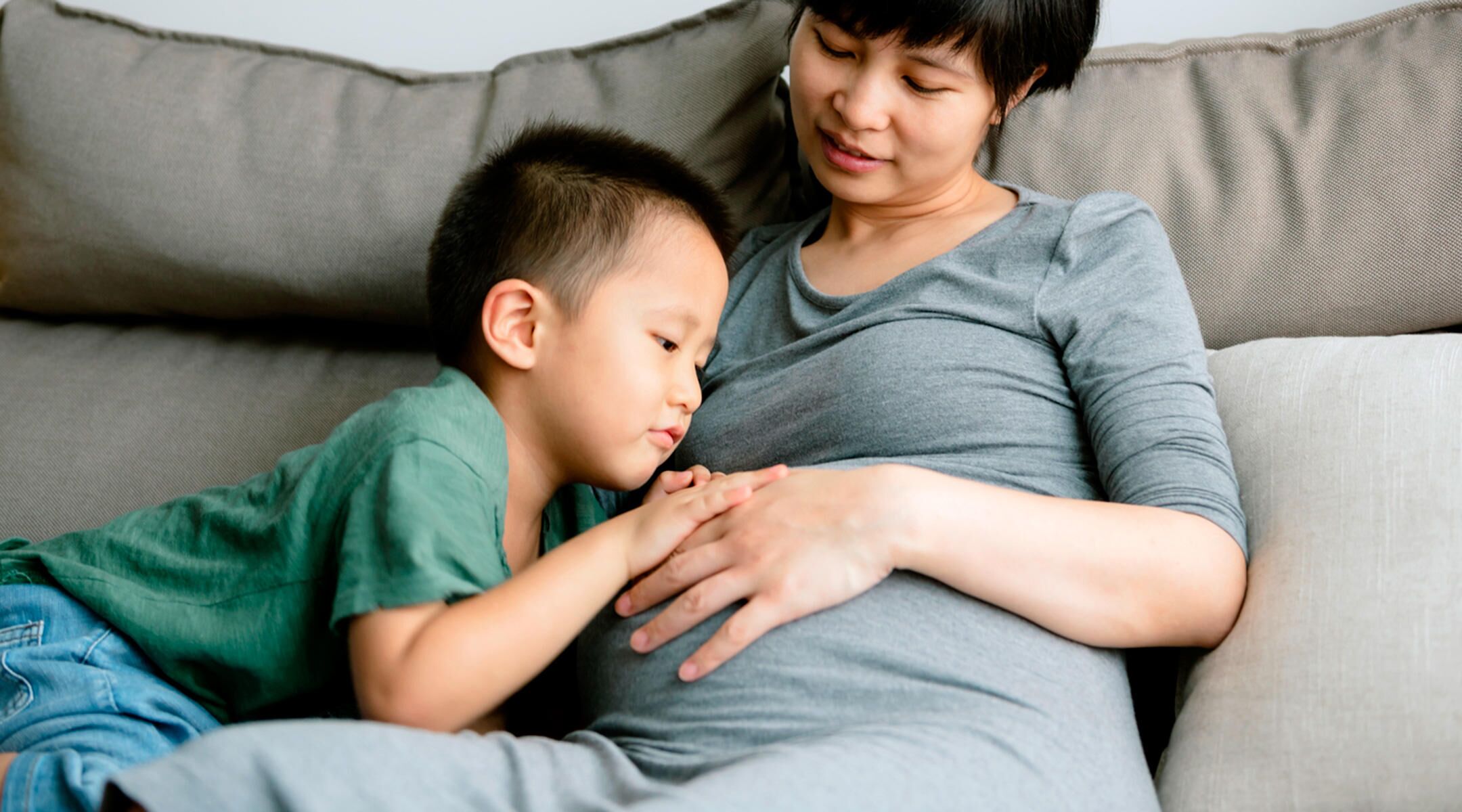Home Births Rise to Highest Level in Over 30 Years
Over the past two years, covid pressures and rising maternal mortality rates have caused many mothers to take a second look at hospitals and consider home births instead. What was once seen as a radical decision is slowly becoming more mainstream. And It turns out this slight shift in perspective has led to a pretty big change.
According to a new report from the Centers for Disease Control (CDC), home births rose to a 30-year high last year. More than 50,000 parents moved their labor and delivery plan in-house in 2021 for an increase of 12 percent over 2020. Home births increased by 21 percent for Black women, 15 percent for Hispanic women and 10 percent for White women in 2021.
Experts point to the stark racial disparities in maternal mortality and hospital treatment as one of the reasons women of color, especially Black women, continue to shun hospitals in favor of home births in increasing numbers.
Many women feel more agency and more control of the birthing process when it takes place in their homes, often with a birthing team they’ve hand-selected. This can be particularly important for Black women. A recent study showed that Black patients are 89 percent more likely to be subjected to procedures they did not consent to during perinatal care in hospitals than white patients.
Another big plus of home births that many parents are catching out to now—they’re often cheaper. At an average of $4,650, home births can cost a fraction of hospital stays, which can exceed $19,000 depending on your insurance and location.
Speaking of location, among the 30 states that reported more births at home, West Virginia had the highest increase between 2020 and 2021 at 49 percent, and Florida had the smallest increase at 8 percent. Despite the rise, home births still remain somewhat rare, accounting for 1.26 percent of all births in the US, according to the report. This is almost double the rate in 1990, though, when home births accounted for just 0.67 percent of births.
Whether the rise in home births continues remains to be seen, but It’s important to note that home births are not for everyone. According to the American Pregnancy Association, at-home births are best suited for people who have a healthy and low-risk pregnancies. Even then, it is recommended that your birthing location is within close range to a hospital if an emergency were to arise.
If you are interested in home birthing, check out The Bump’s guide on What to Know About Planning for a Home Birth.
Navigate forward to interact with the calendar and select a date. Press the question mark key to get the keyboard shortcuts for changing dates.


































